
The Future of Urban Design: Trends and Challenges
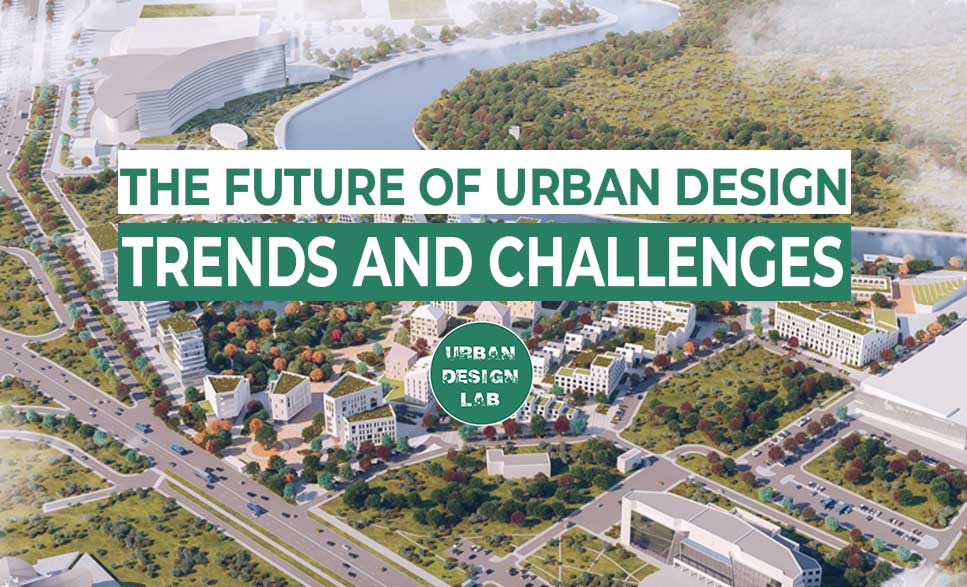
The field of urban design is always developing with the goal of creating and enhancing our cities’ built environments. In the past, urban design frequently concentrated on the city’s physical features, such its architecture and infrastructure. But as our cities expand and transform, the problems facing urban planners have grown more intricate. The issues that urban designers will encounter in the coming years will also be covered in this essay, along with the trends that are now influencing the industry.
Trends in Urban Design
As our cities continue to grow and change, urban design must evolve to meet the needs of the people who live and work in them. Here are some of the key trends that are shaping the future of urban design:
1. Sustainability:
The focus on sustainability is one of the biggest themes in urban design. Urban planners are putting more of an emphasis on developing cities that are sustainable, energy-efficient, and ecologically friendly as we deal with the problems of climate change and resource depletion. This covers everything from solar energy and smart grid technology to green walls and rooftops.
Urban areas are increasingly incorporating green walls and roofs. They can enhance air quality, lessen the impact of the urban heat island, and provide home for birds and other wildlife. Additionally, renewable energy sources like solar and wind power are being incorporated into urban planning. Cities may become less dependent on fossil fuels as a result, increasing their energy efficiency.
Urban planning is also utilising smart grid technology to develop more effective and sustainable energy systems. Cities will be able to use energy more effectively and leave a smaller carbon imprint thanks to this technology’s assistance in managing energy use in real-time.
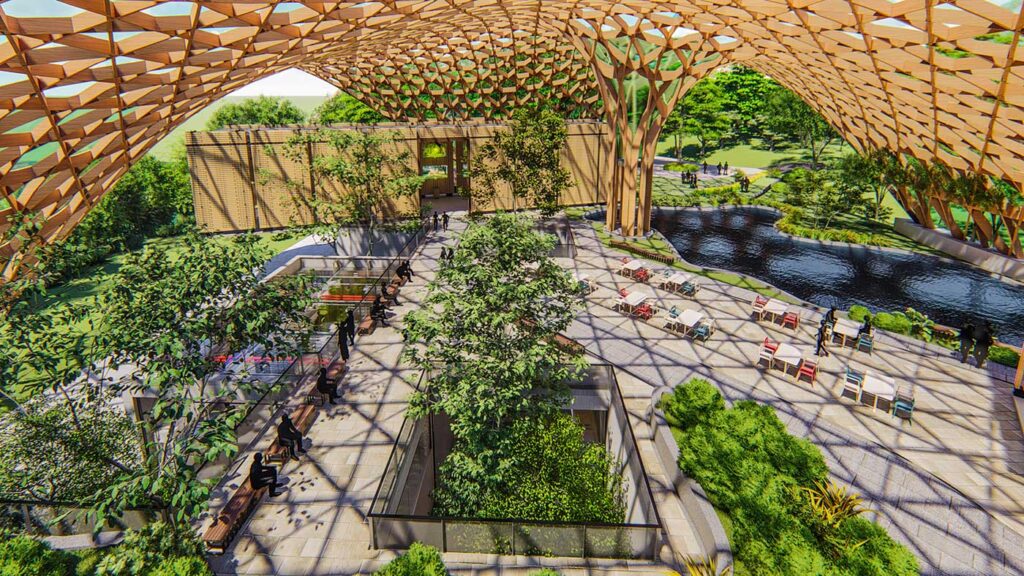
2. Technology:
The incorporation of technology into urban design is another trend. This could make it easier to develop smart cities that are more habitable, sustainable, and efficient. Smart cities use technology to collect and analyse data in real-time, giving them a greater understanding of their citizens’ needs and the ability to make wise urban planning decisions.
Smart traffic solutions, for instance, can assist in reducing traffic congestion and enhancing air quality by real-time enhancing traffic flow. By giving information on garbage generation and collection, intelligent waste management systems can aid in waste reduction and increase recycling rates. By automatically altering illumination levels based on pedestrian and vehicle traffic, smart lighting systems can cut energy consumption and enhance safety.
But it’s crucial to make sure that technology is included into urban planning in a fair and responsible manner. Urban planners must make sure that everyone has access to the advantages of smart technology and that the potential for technology to worsen already-existing inequities is adequately recognised.
4. Mixed-use development:
The emphasis on mixed-use developments is another trend in urban design. These projects aim to build livable, dynamic, and varied communities and neighbourhoods. Mixed-use complexes frequently combine residential, commercial, and public areas, which can foster a sense of neighbourhood and lessen dependency on automobiles. This method of urban planning may make cities more livable and sustainable.
People from various racial and socioeconomic backgrounds can live and work together in an area thanks to mixed-use developments, which can contribute to the development of more lively and diverse communities. This can aid in fostering social connection and reducing social isolation, both of which can benefit mental health and wellbeing.
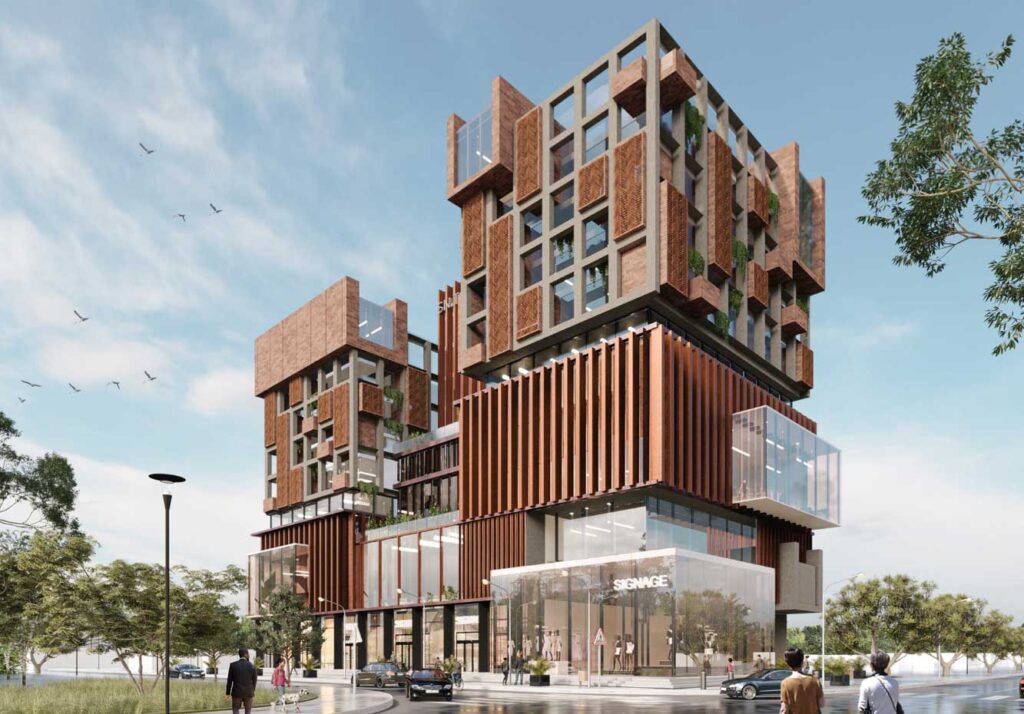
4. Public space design:
Urban design is increasingly focusing on the design of public places. For communities to be livable and dynamic, accessible, welcoming public spaces must be created. This covers everything from parks and plazas to bike lanes and pedestrian-friendly streets. Urban planners can contribute to the creation of more lively and inclusive cities by establishing additional public spaces.
Public areas can foster a sense of community by giving individuals a place to congregate and socialise. Additionally, they can aid in fostering physical activity and enhancing mental health and wellbeing.
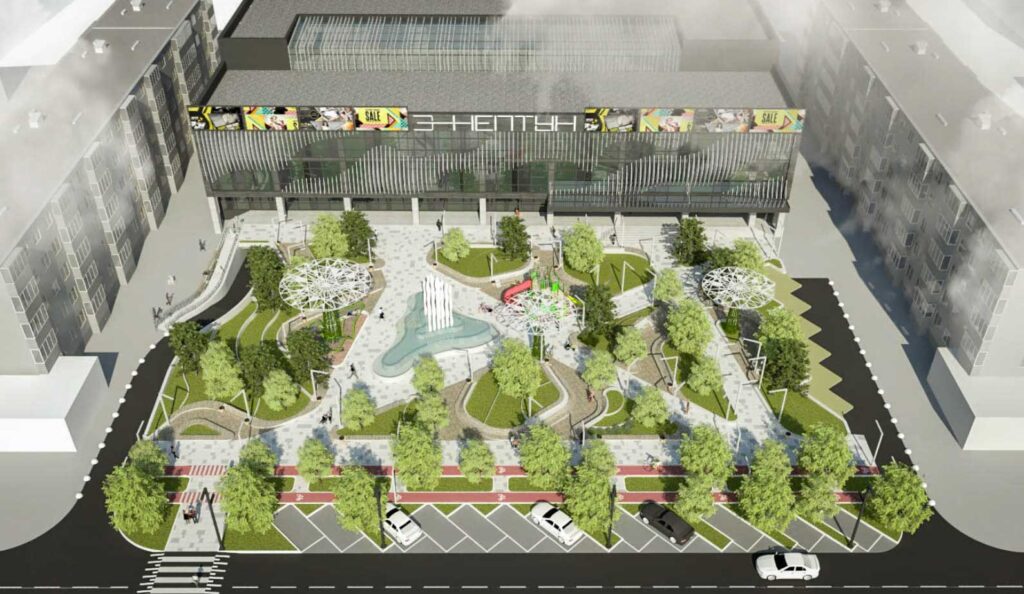
5. Affordable Housing
The expense of living in metropolitan regions is increasing as cities expand, making it harder for many individuals to afford to live there. Urban designers face a big difficulty since they have to figure out how to provide high-quality, reasonably priced homes and public spaces in cities. Urban planners may contribute to ensuring that cities remain inclusive and accessible by building more cheap homes.
As more people from different socioeconomic backgrounds are able to reside in the same region because to affordable housing, communities will become more varied and inclusive. This can aid in fostering social connection and reducing social isolation, both of which can benefit mental health and wellbeing.

6. Equity
The question of equity is one of the major difficulties that urban designers must overcome. Many urban regions are characterised by glaring discrepancies; certain districts have access to high-end amenities, while others lack even the most basic services, such grocery stores and public transportation. In order to ensure that everyone has access to the resources they need to succeed, urban designers must develop ways to build communities that are equal and inclusive.
Since everyone may contribute to the community’s well-being and participate in decision-making, equitable communities are more likely to be resilient and sustainable. This can aid in fostering social connection and reducing social isolation, both of which can benefit mental health and wellbeing.
7. Adaptive reuse:
There are several old structures and locations in urban regions that are no longer being utilised for their intended function. These structures can be creatively renovated by urban designers to serve as community centres, cultural destinations, or cheap housing. This not only safeguards priceless cultural heritage but also creates fresh chances for civic involvement and economic growth.
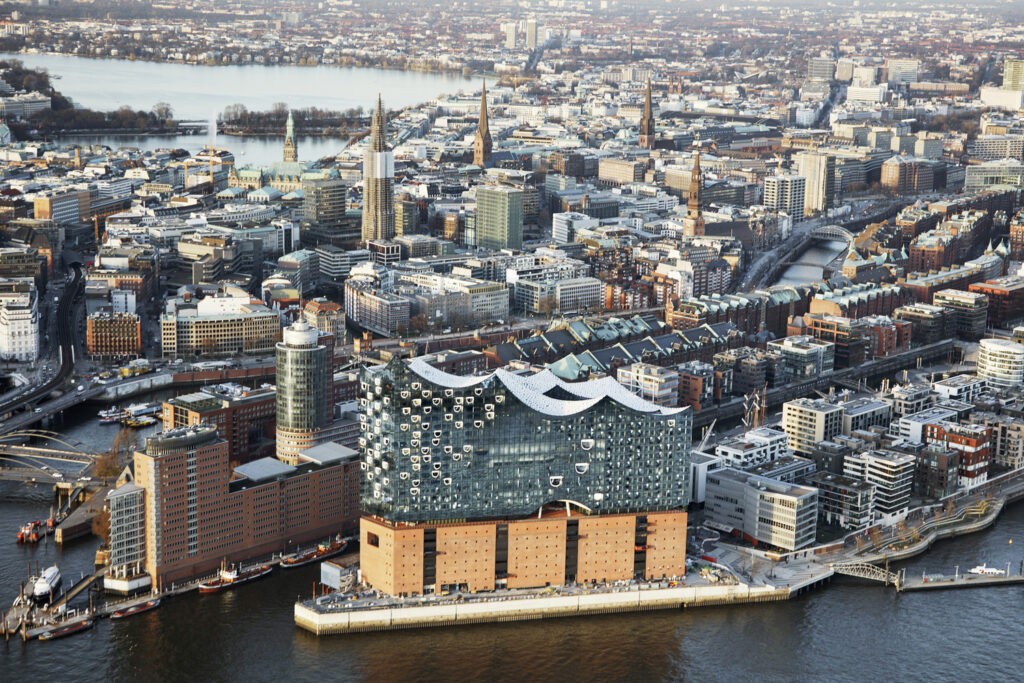
8. Innovation:
There is also a room for creativity in the realm of urban design. There are many opportunities for urban designers to develop innovative solutions that can improve our cities, ranging from new materials and construction methods to new methods of community interaction. Urban designers can contribute to the development of a more vibrant, dynamic, and inclusive future for urban areas through embracing innovation and experimentation.
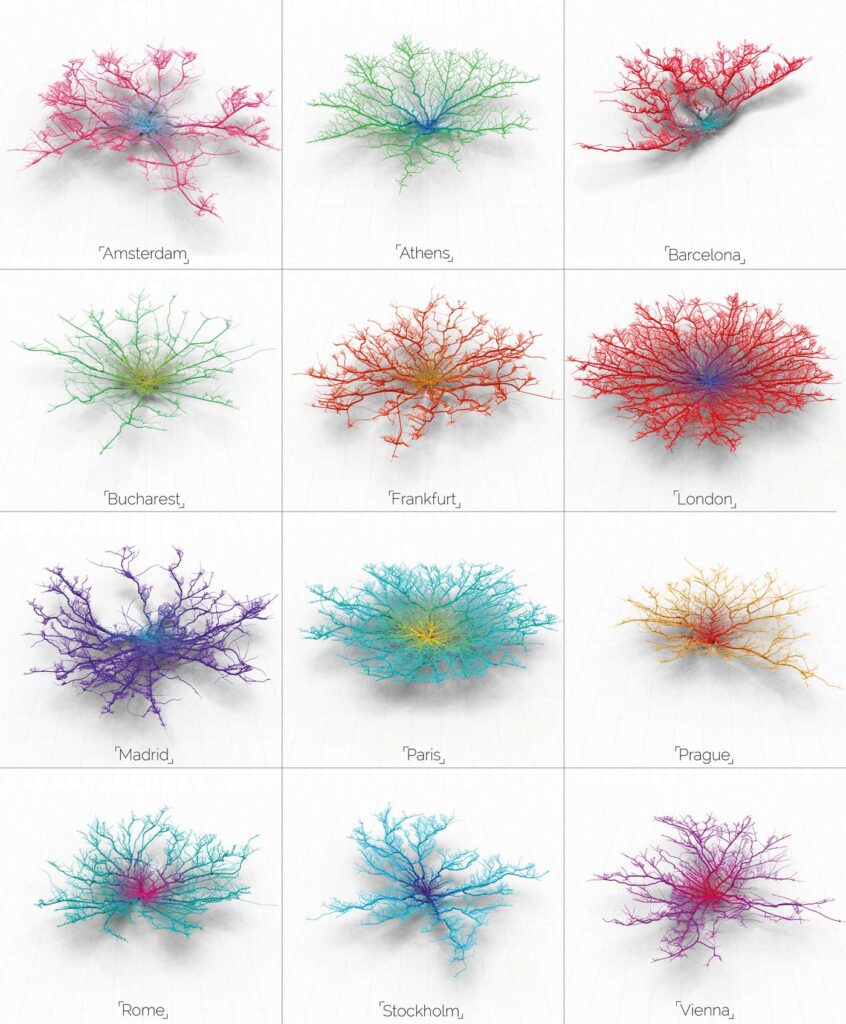
9. Resilience:
The ability of a city to resist and recover from shocks and pressures, such as natural disasters, economic downturns, or social unrest, is referred to as resilience in urban planning. Resilient cities are able to recover swiftly and efficiently in the face of these difficulties, reducing the negative effects on their citizens.
As cities encounter more complex and interrelated difficulties, resilience is becoming a more crucial factor in urban planning. Urban planners can assist make sure that communities are better prepared to weather these challenges and emerge stronger in the aftermath by constructing cities with resilience in mind.
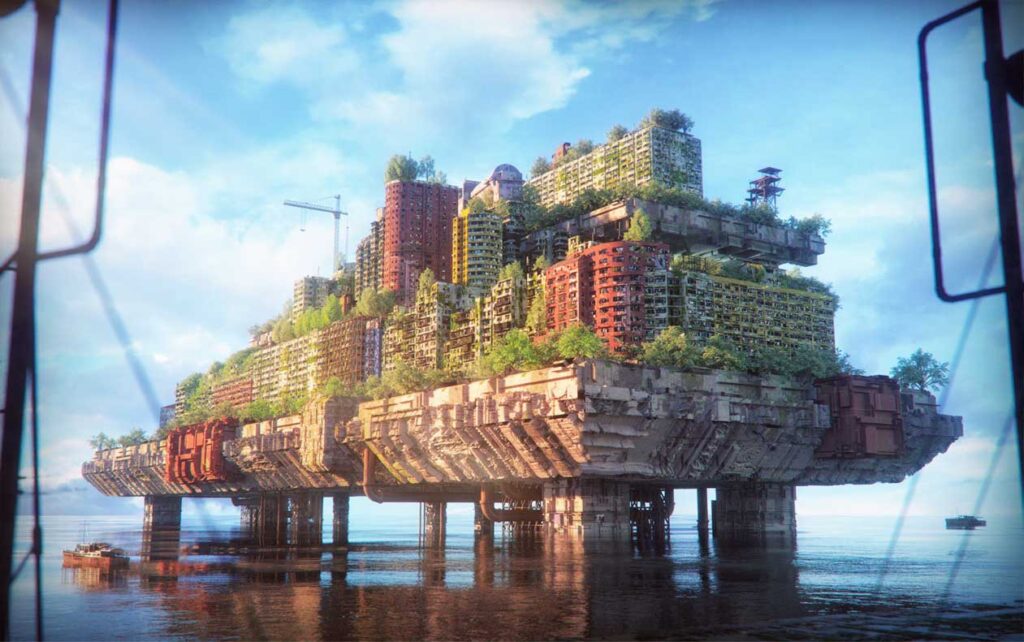
10. Creative placemaking:
Creating interesting and distinctive public spaces is a key component of the urban design approach known as “creative placemaking.” In order to create spaces that are not only aesthetically beautiful but also foster creativity and community involvement, it entails bringing together artists, designers, and community members.
The establishment of community gardens and other green areas, as well as public art displays and performances, are just a few examples of creative placemaking. It is a strategy that acknowledges the crucial part that culture and the arts play in creating thriving and livable communities.
Creative placemaking can have significant economic advantages in addition to improving the appeal and engagement of public areas. It can support economic growth and generate new job possibilities by luring tourists and businesses to a location.

Challenges Facing Urban Designers
While these trends are shaping the future of urban design, they are also creating new challenges for designers. Here are some of the key challenges facing urban designers today:
1. Affordability:
Affordability is one of the most important issues facing urban designers. The expense of living in metropolitan regions is increasing as cities expand, making it harder for many individuals to afford to live there. Access to chances for employment, education, and health care may be hampered by the high cost of living. All economic levels in metropolitan areas must be catered to through inexpensive, high-quality housing and public spaces, according to urban designers.
2. Equity:
The question of equity is one more difficulty that urban designers must overcome. Many urban regions are characterised by glaring discrepancies; certain districts have access to high-end amenities, while others lack even the most basic services, such grocery stores and public transportation. In order to ensure that everyone has access to the resources they need to succeed, urban designers must develop ways to build communities that are equal and inclusive.

3. Climate Change:
One of the biggest problems facing our planet is climate change, which is also having a big influence on our cities. Cities must be built in a way that makes them robust to climate change’s effects, such as rising sea levels, higher temperatures, and more frequent extreme weather events. This entails developing additional green spaces, implementing sustainable transportation methods, and designing structures and infrastructure that can resist flooding and other natural calamities.
4. Infrastructure:
Our cities frequently struggle with deteriorating water, road, and bridge infrastructure. By updating and modernising this infrastructure, urban planners can make sure that our cities are secure and efficient. This calls for working together with other municipal agencies and private businesses to pinpoint the areas that demand improvement and provide creative fixes for the issues.
5. Transportation:
Another difficulty for urban designers is creating efficient, sustainable, and accessible transportation networks. Mobility can be increased, carbon emissions can be decreased, and air quality can be improved by building a smooth, integrated public transit system that connects areas and eases traffic. The interaction of different modes of mobility with the built environment, such as walking, cycling, and public transportation, must be taken into account by urban designers.

6. Health and wellness:
Creating urban environments that promote physical and mental health and wellness is another critical challenge facing urban designers. With an increased understanding of the impact of urban environments on mental and physical health, it is important to design spaces that encourage physical activity, reduce stress, and promote healthy living. Incorporating green spaces and promoting walkability and bikeability are just some of the ways that urban designers can contribute to improving the health and well-being of urban residents.
7. Safety and security:
Ensuring the safety and security of urban residents is a top priority for urban designers. Designing public spaces that are well-lit, visible, and accessible can create safe environments and deter criminal activity. The use of technology, such as surveillance cameras and lighting sensors, can also contribute to the security of urban spaces. Additionally, urban designers must consider the needs of vulnerable populations such as children, the elderly, and people with disabilities.
8. Heritage and culture
Preserving and celebrating the cultural heritage of urban areas is an important challenge for urban designers. Creating a sense of place and belonging is essential in building strong and vibrant communities. Urban designers must take into account the history and cultural significance of the built environment and incorporate cultural elements into new designs.
9. Governance and public participation:
Urban design projects require collaboration between government agencies, private companies, and the public. Urban designers must engage with communities and stakeholders to gain a better understanding of their needs and aspirations.
10. Community engagement:
Engaging with the communities they serve is another of urban designers’ toughest challenges. A wide range of stakeholders, including people, companies, community organisations, and government officials, must be involved in order for urban design to be successful. In order to create communities that represent the needs and aspirations of all citizens, urban designers must discover strategies to promote collaboration and cultivate a sense of trust.

The future of urban design is full of both opportunities and challenges. As our cities continue to grow and change, urban designers will play a critical role in creating communities that are sustainable, equitable, and livable. While the challenges facing urban designers are significant, there are also many exciting opportunities to create new, innovative solutions that can help shape the future of our cities.
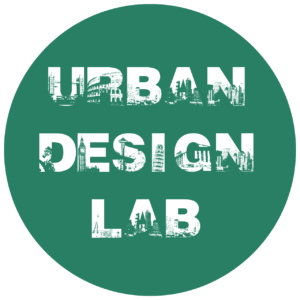
Urban Design Lab
About the Author
This is the admin account of Urban Design Lab. This account publishes articles written by team members, contributions from guest writers, and other occasional submissions. Please feel free to contact us if you have any questions or comments.
Related articles


Architecture Professional Degree Delisting: Explained

Periodic Table for Urban Design and Planning Elements


History of Urban Planning in India
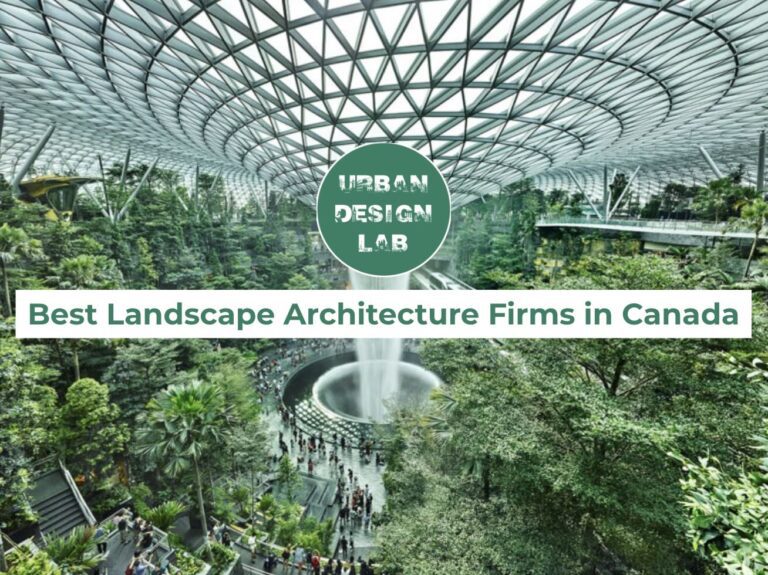
Best Landscape Architecture Firms in Canada
UDL Illustrator
Masterclass
Visualising Urban and Architecture Diagrams
Session Dates
17th-18th January 2026

Urban Design Lab
Be the part of our Network
Stay updated on workshops, design tools, and calls for collaboration
Curating the best graduate thesis project globally!

Free E-Book
From thesis to Portfolio
A Guide to Convert Academic Work into a Professional Portfolio”
Recent Posts
- Article Posted:
- Article Posted:
- Article Posted:
- Article Posted:
- Article Posted:
- Article Posted:
- Article Posted:
- Article Posted:
- Article Posted:
- Article Posted:
Sign up for our Newsletter
“Let’s explore the new avenues of Urban environment together “



























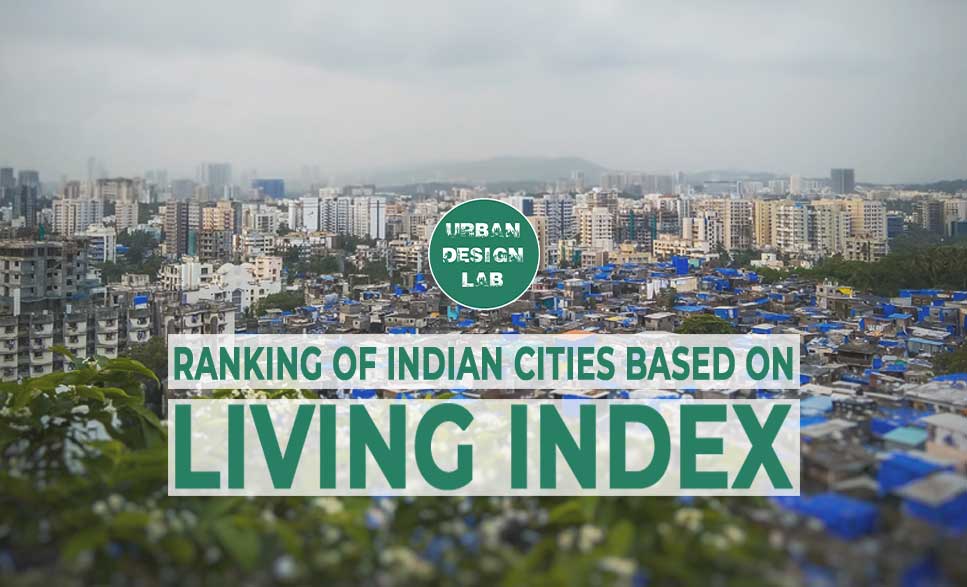
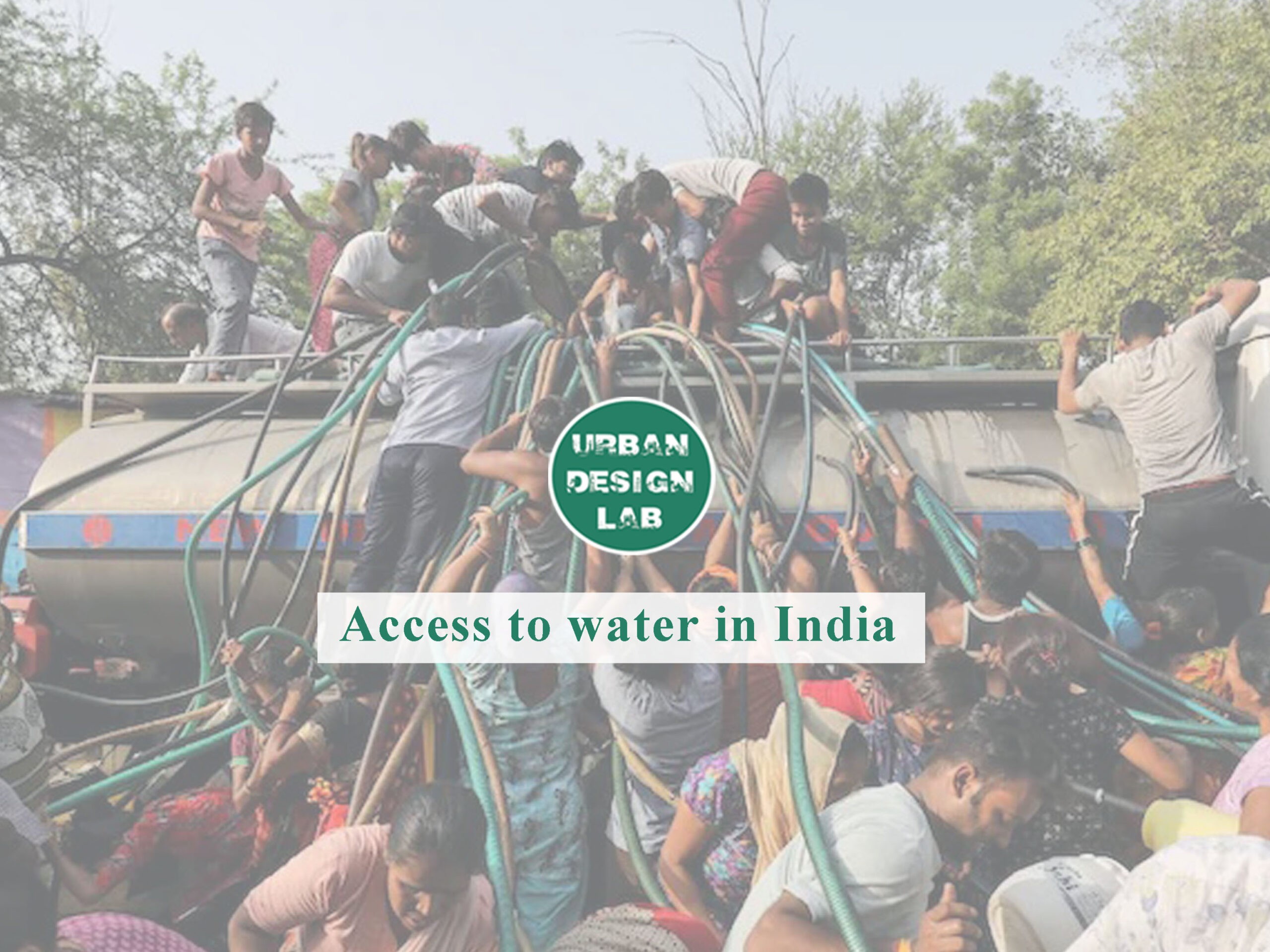
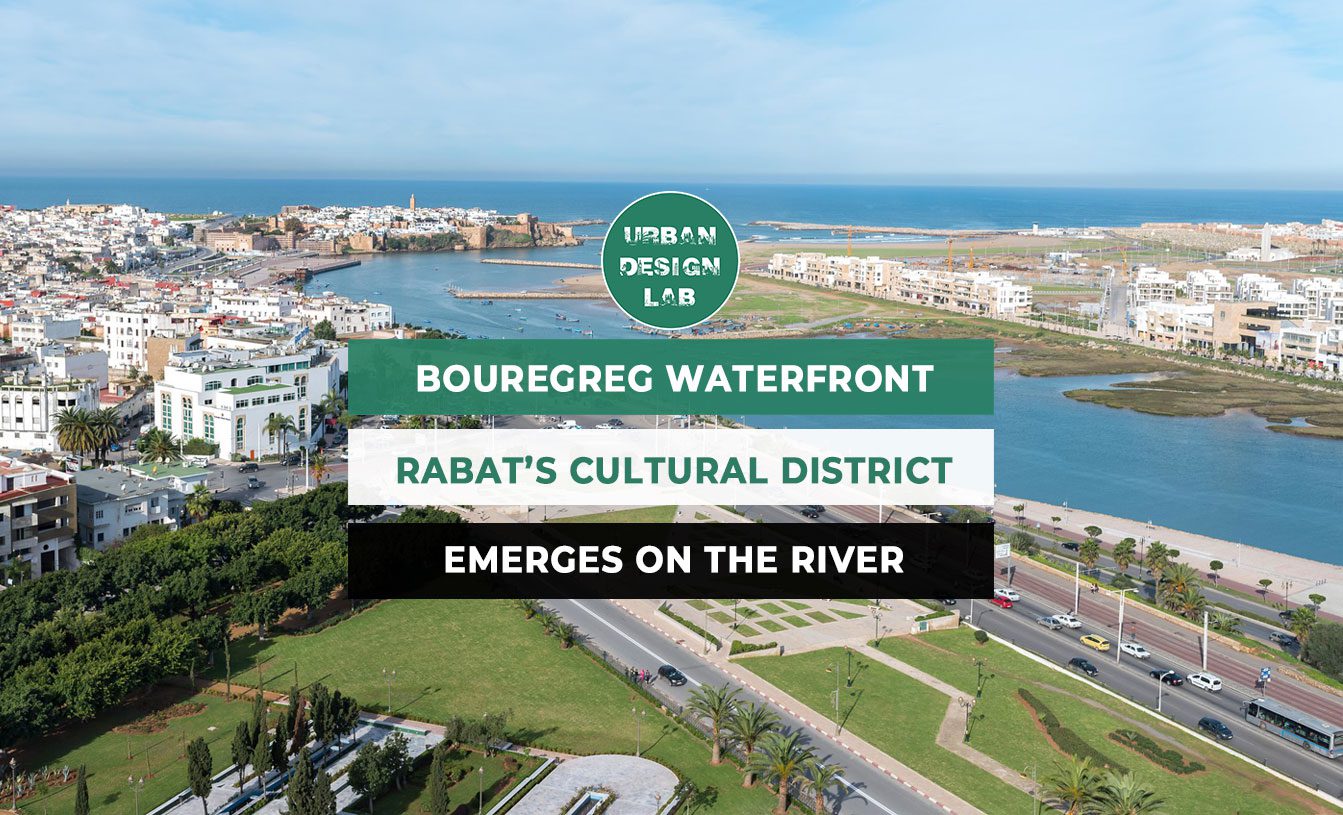
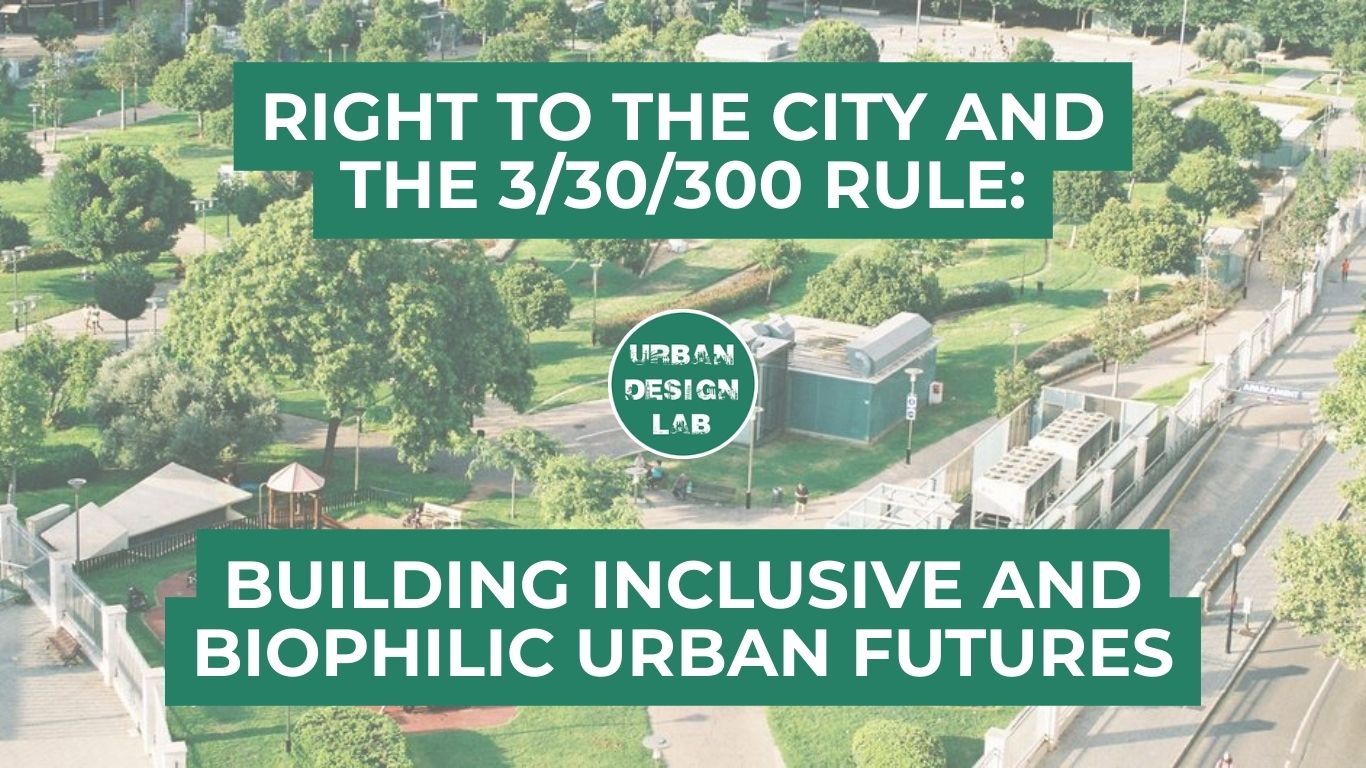
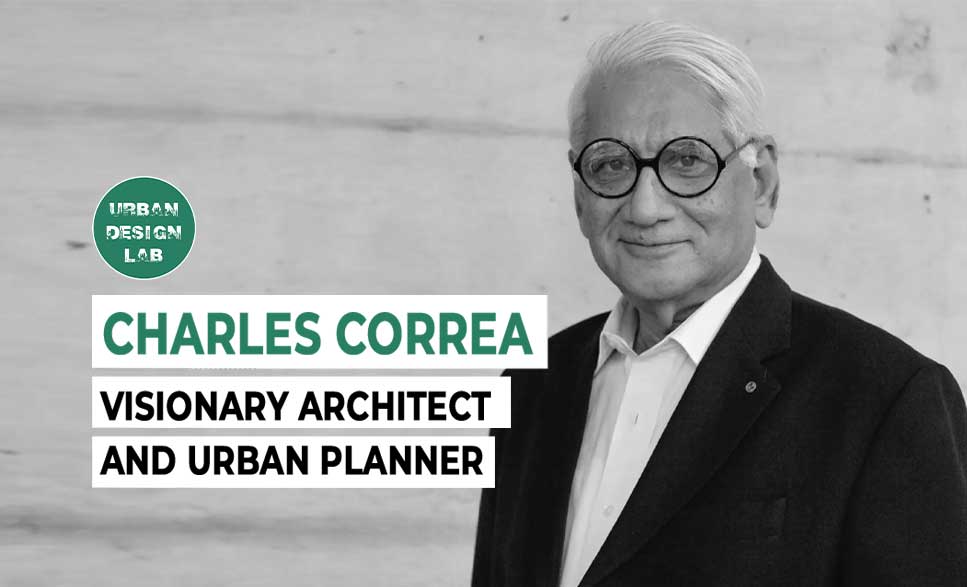
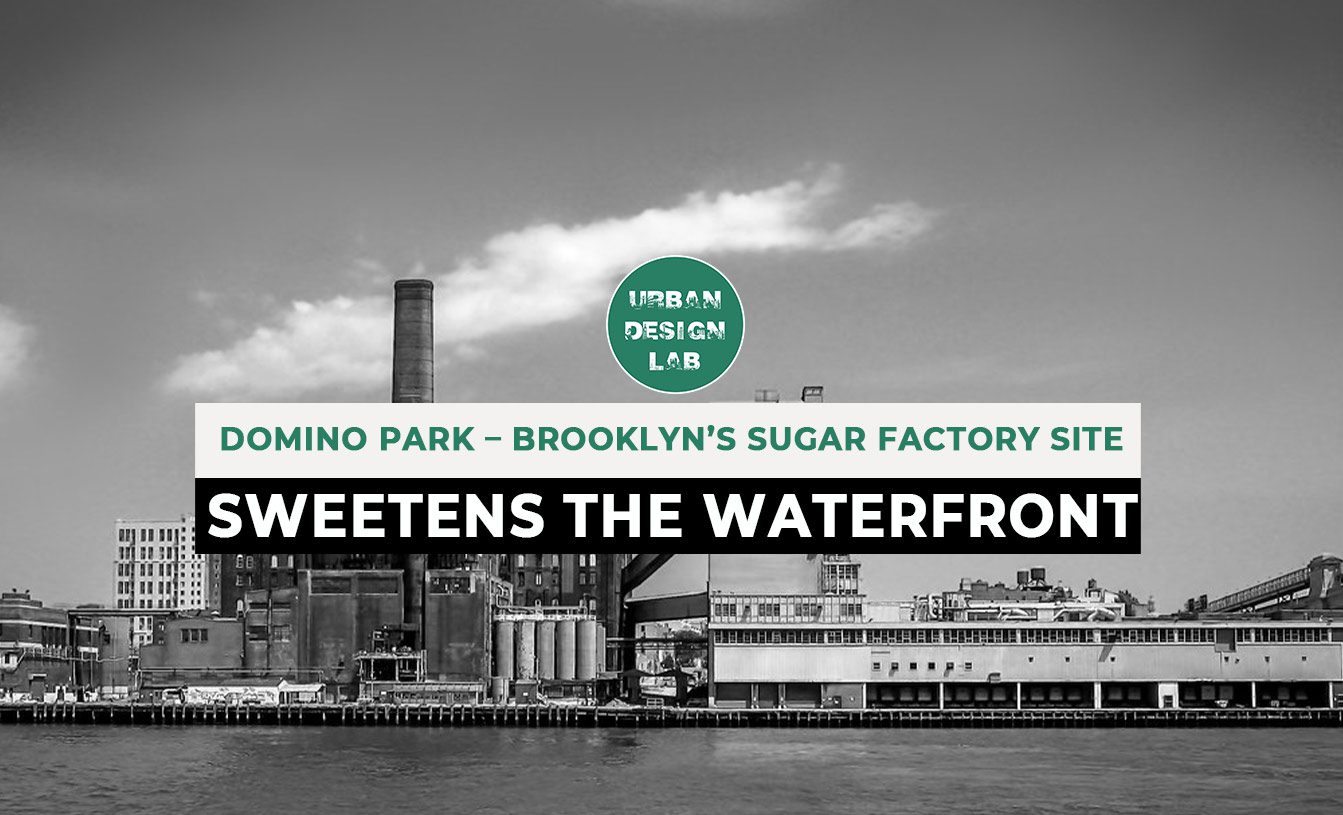
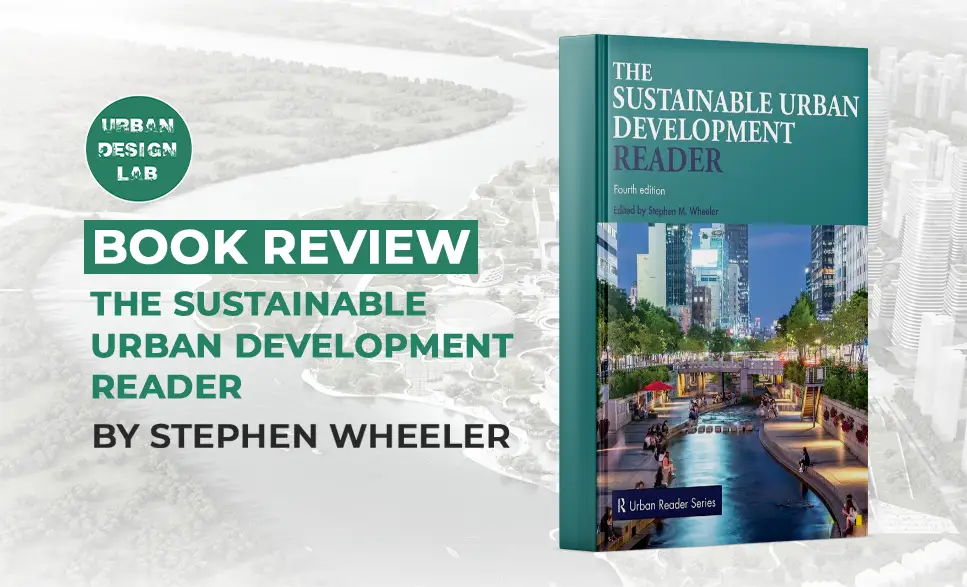


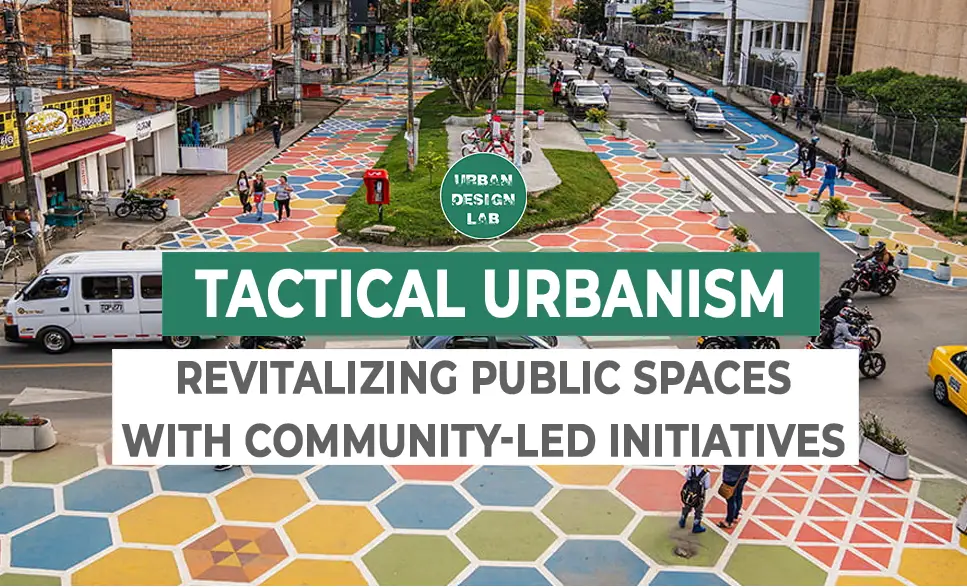
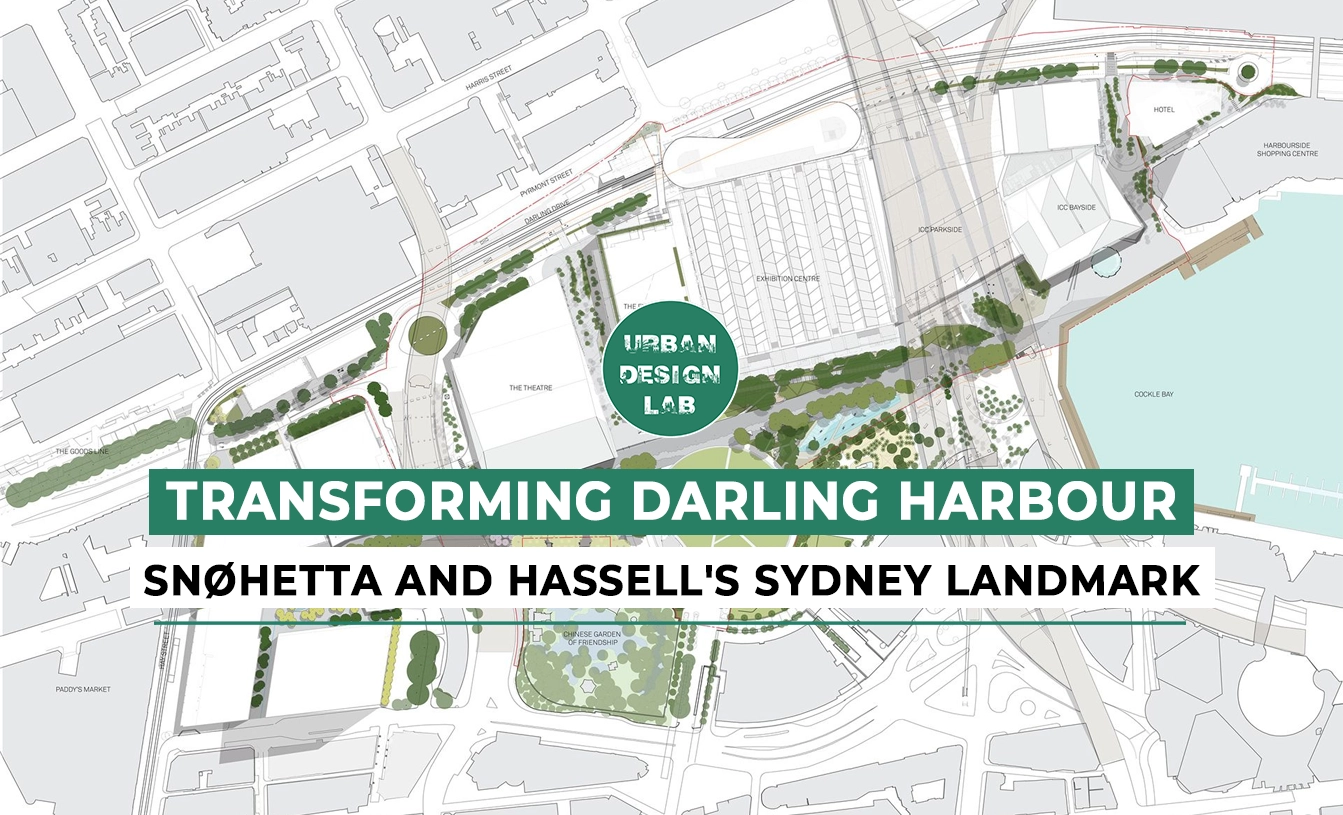
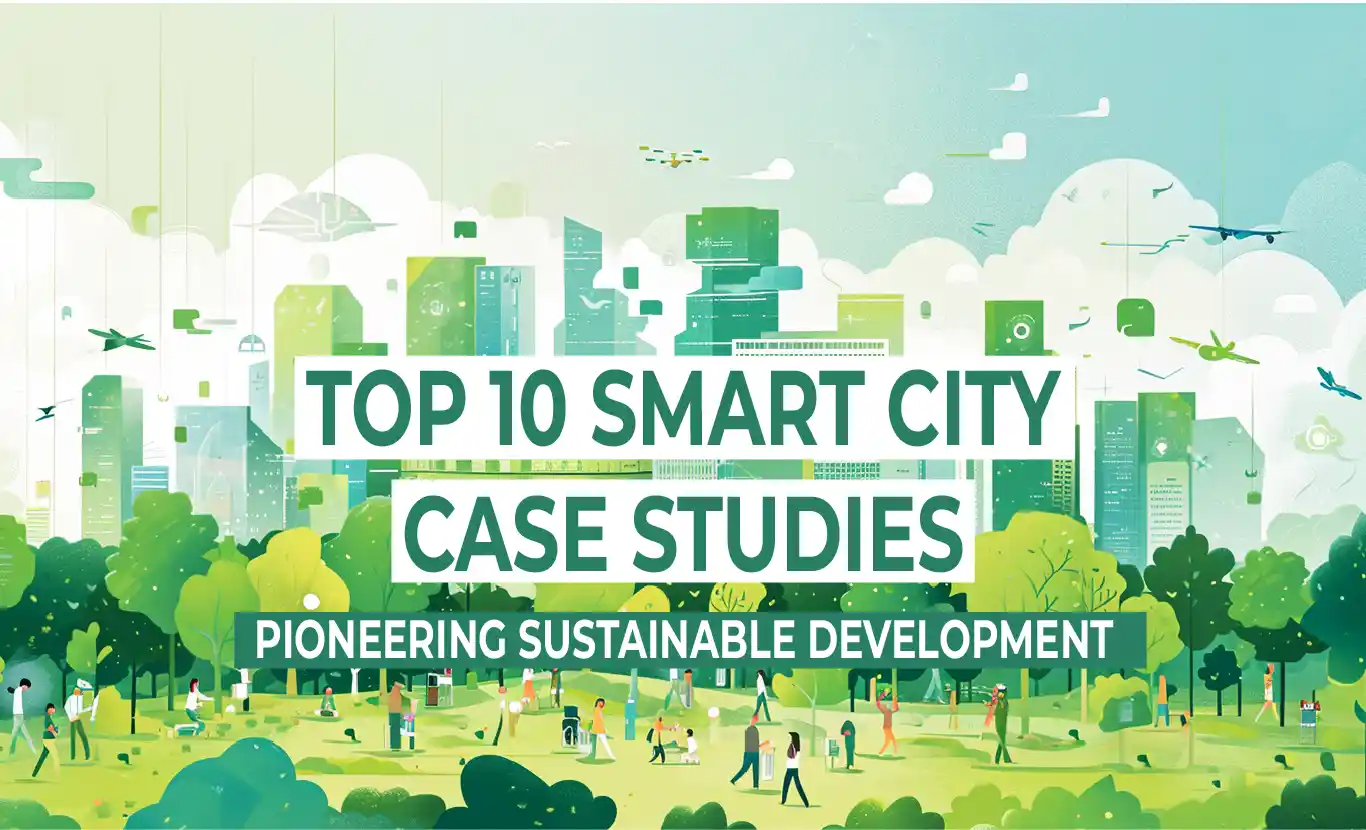

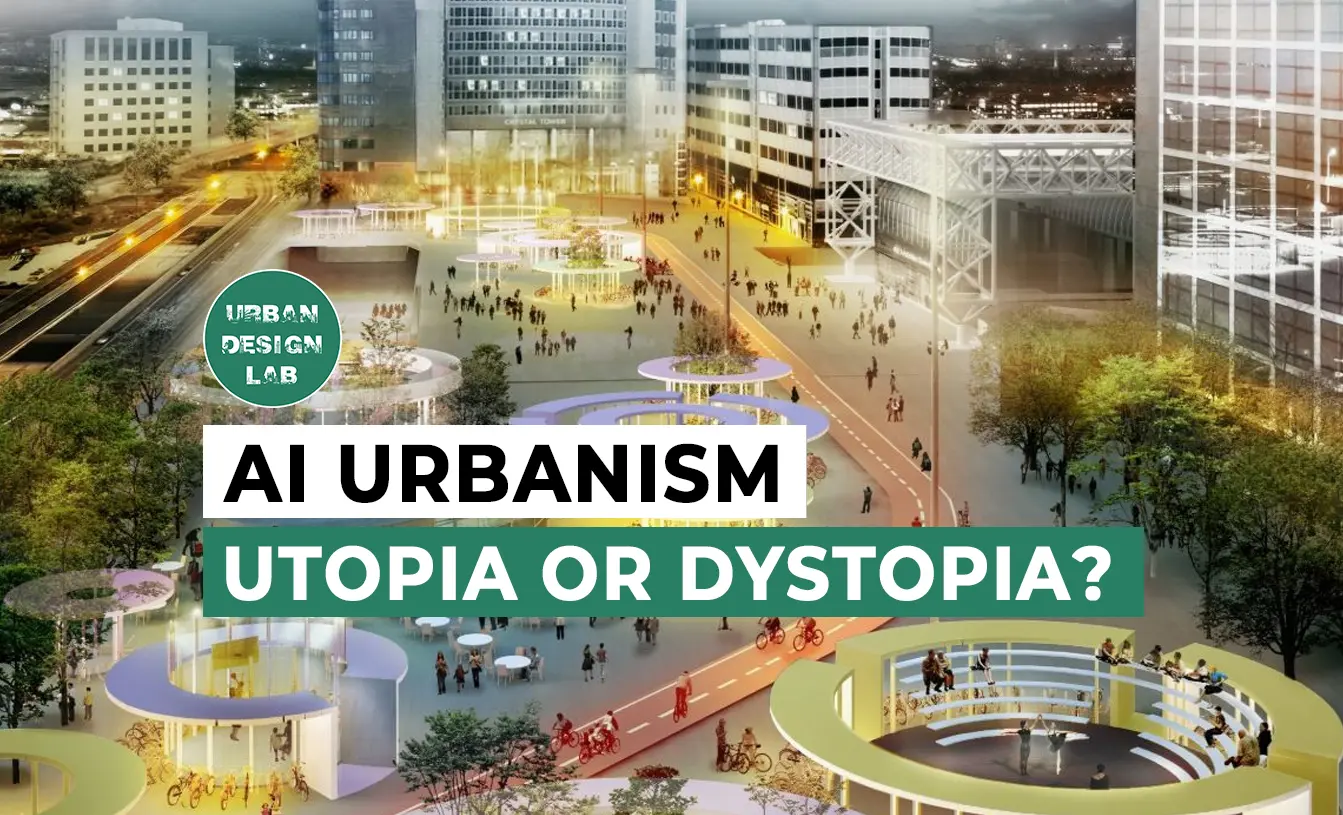


6 Comments